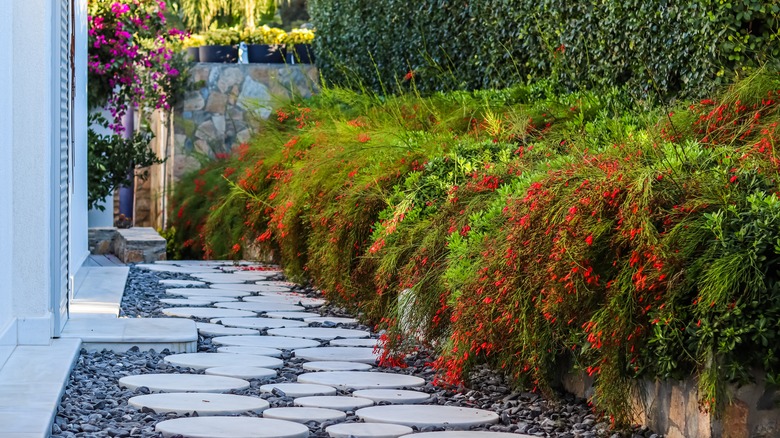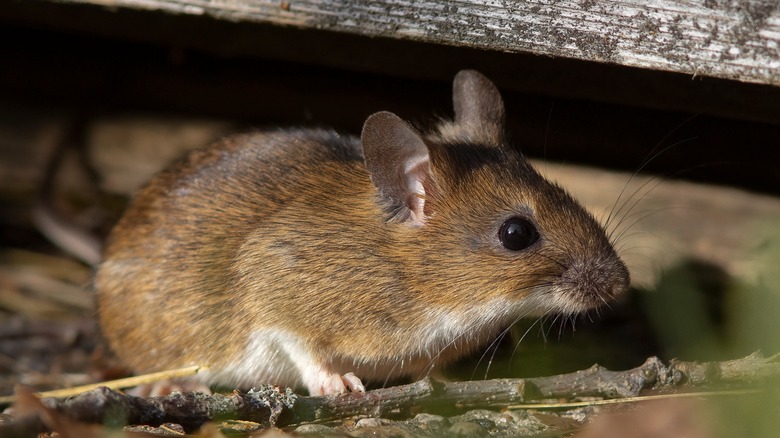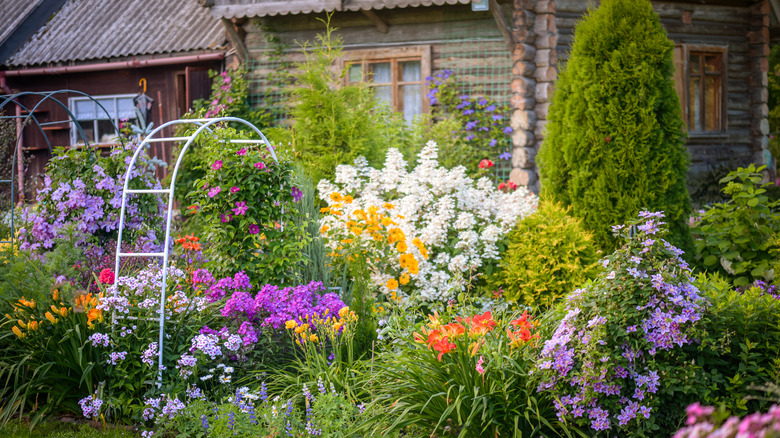Planting Too Close To Your Home Could Become A Gateway For Pests To Come Indoors
Homeowners often adorn their yards with lush plant life in an effort to create beautiful landscapes. However, experts are now raising eyebrows at the trend of planting too close to one's home. This seemingly harmless practice might act as a convenient gateway for pests to enter households, causing unprecedented discomfort and even damage.
If you're looking to minimize pest infestation or encounters, it is essential to know the balance between the advantages and potential threats of decorating your home's exterior with plant life. Did you know that plants used in landscape gardening are often a source of food and shelter for various insects and small animals? This may sound obvious but it often slips homeowners' minds and can make for a startling surprise in the home one day.
With that being said, would you like to start with the good news or the bad news? Let's get it over with and start with the bad. The bad news is the closer your plants are to your home, the closer pests are to finding their way indoors. The good news is, with a little foresight, homeowners can avoid turning their growing sanctuaries into pest pathways.
Pathways for pests
To first understand how many pests go from place to place, you need to think of how plants can act like the pests' very own green "highways." As Cindy Mannes, vice president of public affairs for the National Pest Management Association, told Reader's Digest: "Branches provide highways into the home for ants and rodents."
Trees, shrubs, and other plants too close to your home may lure pests like ants and cockroaches up the sides of your home and into it through the many nifty cracks and crevices. The best way to reduce this risk is to trim any vegetation or tree at least 2 to 3 feet from your exterior wall, window, or roof.
Brightly colored flowers and plants such as marigolds, chrysanthemums, daisies, and geraniums also bring insects to your home, like bees and other winged pests. To slow down this type of traffic, consider planting fewer flowers that bloom or plants that yield any food to our liking, like nuts, seeds, or fruits. It's not going to be your neighbor in your yard picking them, but those dreadful pests instead. For this reason, consider the types of plants you choose for landscaping. When possible, look for pest-resistant varieties while also being mindful of the plant's mature size to ensure it doesn't crowd the house as it grows.
Paving the way for a pest-free home
Another thing to look out for is mulch. Organic mulch, though a great source of nutrients for your plant life, can also attract plenty of rodents and insects as they burrow inside it and around your home. Writing for Orkin, entomologist Dr. Zia Siddiqi suggested, "Instead, consider using pencil cedar mulch, which retains less moisture and can actually repel certain types of ants."
These tips are crucial and not to be overlooked if you're trying to keep the buggers out. Regular maintenance is key; inspecting plants for signs of pests not only keeps them healthy but also makes them less attractive to bugs. Homeowners should also seal any cracks or crevices in their home's exterior to prevent pests from getting in. By ensuring that these simple duties are done, you can keep pests outside before having to face them.
The goal is to enjoy the beauty and benefits of your landscaping without inadvertently inviting pests inside. Awareness of the potential pitfalls of planting too close to the home can help homeowners create a safe, comfortable, and pest-free environment.


